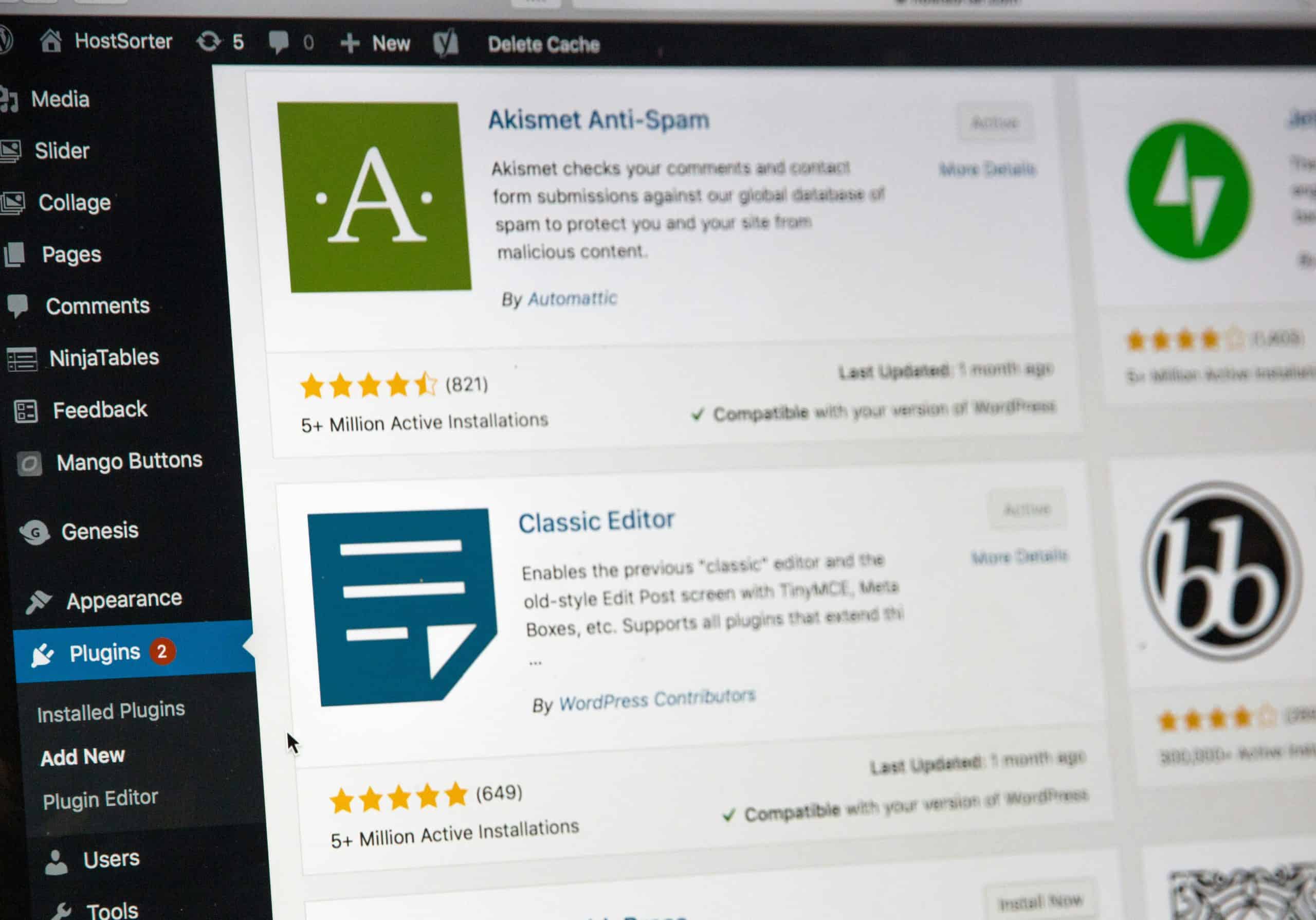In the vast and ever-expanding world of WordPress plugins, creating a premium plugin that stands out from the crowd can be a daunting yet rewarding endeavor. Imagine having the power to develop a digital solution that not only enhances users’ websites but also generates revenue for you as a developer. Crafting a premium WordPress plugin requires more than just technical skills – it demands creativity, market research, and an understanding of user needs. From conceptualization to launch, each step in the process is crucial in ensuring your plugin’s success in a competitive marketplace.
Introduction
Creating a premium WordPress plugin is not just about developing code; it’s about crafting a solution that solves a specific problem for users. A successful plugin goes beyond mere functionality and taps into the user experience, addressing pain points with elegance and efficiency. This requires a deep understanding of your target audience, their needs, and the market landscape.
Furthermore, in the ever-evolving world of technology, staying up-to-date with the latest trends and best practices is crucial for your plugin to remain relevant and competitive. It’s essential to keep refining and enhancing your plugin to meet the changing demands of users. By adapting to new technologies and incorporating innovative features, you can ensure that your WordPress plugin stands out from the crowd in an increasingly saturated marketplace.

Understanding user needs
Understanding user needs is the backbone of creating a successful premium WordPress plugin. It’s not enough to have a great idea; you must dive deep into your target audience’s pain points and desires. Conduct thorough research, gather feedback, and listen attentively to what users are saying. By understanding their needs, you can tailor your plugin to provide real value and address specific challenges.
Empathy plays a crucial role in identifying user needs. Put yourself in the shoes of the people who will interact with your plugin. What would make their lives easier? What features are essential versus nice-to-have? By empathizing with users, you can create a more intuitive and user-friendly experience that resonates with your target audience. Remember, it’s not about what you think they need but what they actually require for a seamless online experience.
Moreover, prioritize continuous communication with your users even after launching the plugin. User needs evolve over time, so staying connected allows you to adapt and update your product accordingly. Engage with them through surveys, forums, or support channels to gather insights on how to improve the functionality and usability of your premium WordPress plugin consistently. This ongoing dialogue fosters loyalty and ensures that your product remains relevant in an ever-changing digital landscape.
Planning features and functionality
When it comes to planning the features and functionality of your premium WordPress plugin, it’s crucial to start by analyzing the needs of your target audience. Conduct thorough research to understand what users are looking for in a WordPress plugin and identify key pain points that your product can address effectively. By aligning your features with user demands, you can ensure that your plugin offers real value and stands out in a crowded market.
Additionally, prioritize usability and simplicity when designing the features of your plugin. A sleek user interface coupled with intuitive functionality can greatly enhance the user experience and make your plugin more appealing to users. Remember that users appreciate plugins that are easy to set up and use without requiring extensive technical knowledge. By focusing on creating a seamless user experience, you can increase user satisfaction and drive positive reviews for your premium WordPress plugin.

Developing the plugin
Developing the plugin is where the magic happens. This stage requires precision, creativity, and a dash of problem-solving skills. It’s essential to adhere to WordPress coding standards and best practices to ensure optimal performance and compatibility with other plugins and themes.
As you’re building your plugin, don’t forget about the importance of user experience. A well-designed interface can significantly impact how users perceive your plugin. Testing at every stage is crucial – from functionality checks to security audits. Engaging with a community of developers can also provide valuable feedback and insights that can enhance your plugin’s quality.
Remember, the development phase is not just about writing code; it’s about crafting an exceptional product that meets users’ needs while standing out in a competitive market. Embrace challenges as opportunities for growth and improvement, and always strive for excellence in every line of code you write.
Testing and debugging
Testing and debugging are crucial steps in the development process of a WordPress plugin. It is essential to thoroughly test the plugin across different browsers, devices, and operating systems to ensure compatibility and smooth functionality. One effective strategy is to create a detailed testing plan that covers all features and scenarios to identify any potential issues early on.
When it comes to debugging, having a systematic approach can significantly expedite the process. Utilizing tools like Xdebug or Chrome DevTools can help pinpoint errors more efficiently by providing detailed insights into code execution and variables at runtime. Additionally, logging errors and using tools like Query Monitor can aid in identifying performance bottlenecks or database issues that may impact the plugin’s overall performance. By prioritizing thorough testing and meticulous debugging efforts, developers can ensure their WordPress plugin delivers a premium user experience with minimal disruptions.

Marketing and distribution strategies
Marketing and distribution strategies play a vital role in the success of a premium WordPress plugin. To stand out in a crowded marketplace, it’s crucial to identify your target audience and tailor your marketing efforts towards them. Utilizing social media platforms, content marketing, and email campaigns can help increase brand visibility and attract potential customers.
When it comes to distribution, consider partnering with popular WordPress theme shops or marketplaces to reach a wider audience. Offering free trials or limited-time discounts can entice users to try out your plugin and potentially convert them into paying customers. Additionally, integrating an affiliate program can incentivize others to promote your product, expanding your reach organically.
By closely monitoring and analyzing the effectiveness of your marketing strategies, you can adjust tactics as needed to maximize impact. Building strong relationships with influencers or bloggers in the WordPress community can also help generate buzz around your plugin. Ultimately, implementing a well-rounded approach that combines targeted marketing initiatives with strategic distribution channels is key to establishing a successful premium WordPress plugin in today’s competitive landscape.
Conclusion: Success in premium plugin creation
In conclusion, the journey of creating a successful premium WordPress plugin is both challenging and rewarding. Focusing on providing value to users by solving their pain points and meeting their needs is paramount. Additionally, continuous innovation and improvement are key to staying competitive in the ever-evolving digital landscape. Successful plugin creators understand the importance of user feedback and leverage it to enhance their products continuously.
Moreover, establishing a strong brand presence, effective marketing strategies, and excellent customer support are crucial components for achieving success in the premium plugin market. By ensuring that your plugin stands out through quality design, functionality, and usability, you can differentiate yourself from competitors and attract a loyal user base. Ultimately, perseverance, dedication to excellence, and a genuine passion for creating valuable solutions for users are fundamental elements of triumphing in the realm of premium WordPress plugins.